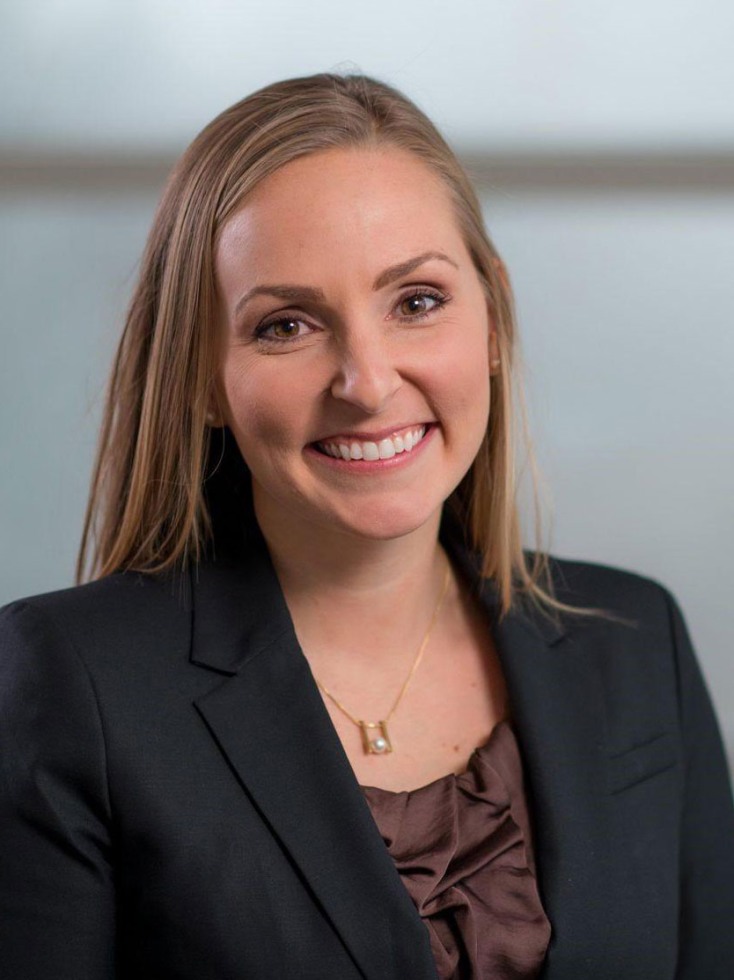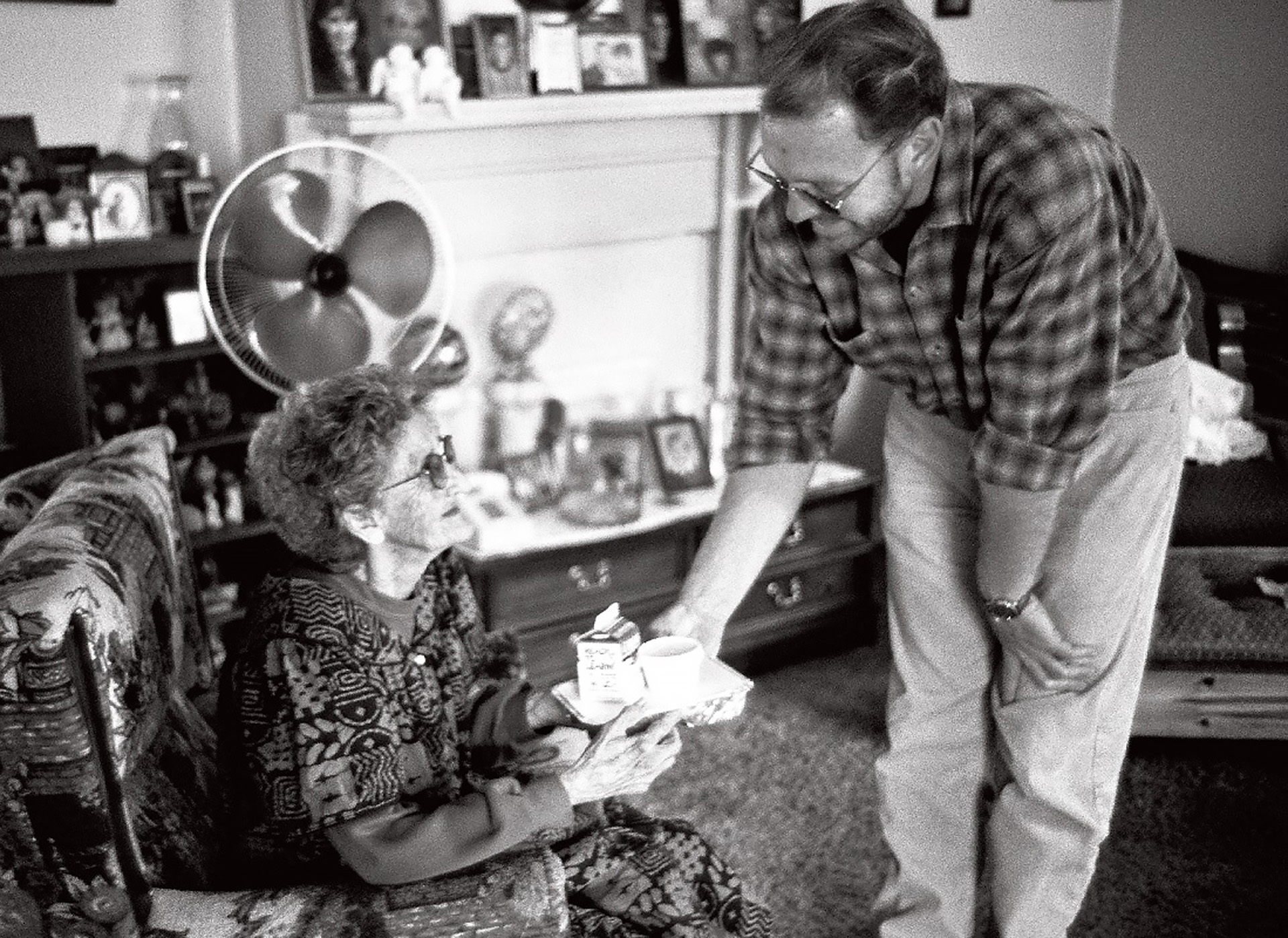THROUGH DAILY VISITS, Derek Washington learned his mother, Dorothy Washington, was no longer cooking. He brought microwave meals for her dinner, but she didn’t eat them. When she had trouble accurately writing checks, he took over her finances. A medical evaluation confirmed her steep memory loss. Once COVID-19 surfaced, he moved from his home a few miles away to hers in St. Petersburg, Florida, to better assist her. When he registered the 84-year-old retired social worker for delivered meals, he learned researchers were seeking input on the needs of people living with dementia, like his mother.
 This was his path to participating in a Brown University research project. In January, the 60-year-old African-American artist and full-time care partner became a stakeholder influencing research conducted by Kali Thomas Ph.D., associate professor of health services, policy and practice in the School of Public Health and health science specialist at the Providence VA Medical Center.
This was his path to participating in a Brown University research project. In January, the 60-year-old African-American artist and full-time care partner became a stakeholder influencing research conducted by Kali Thomas Ph.D., associate professor of health services, policy and practice in the School of Public Health and health science specialist at the Providence VA Medical Center.
As members of a stakeholder advisory panel, Washington and other caregivers, people living with dementia (PLWD), clinical social workers, program administrators, and drivers provide feedback for the pilot phase of a pragmatic randomized clinical trial funded by the National Institute of Aging (NIA). The connection to Thomas is facilitated by the NIA IMPACT Collaboratory at Brown, as she and her partner, Meals on Wheels America, test which type of home-delivered meals—daily hot meals or frozen meals delivered every two weeks—best delay nursing home placement for food-insecure persons with dementia.
Researchers at Brown and beyond are seeking stakeholder input, but outreach to people living with dementia is a newer practice—one influencing the next-generation standards of dementia research and care. “There is increasing recognition and awareness that people living with dementia can meaningfully contribute to shaping, interpreting, contextualizing and disseminating research findings,” Thomas says.

 “Very few funders will pay for researchers and stakeholders to huddle,” says Harrison, even though it is crucial in helping researchers figure out what the problems are. “Without it, you risk implementation errors and a lack of relevancy.”
“Very few funders will pay for researchers and stakeholders to huddle,” says Harrison, even though it is crucial in helping researchers figure out what the problems are. “Without it, you risk implementation errors and a lack of relevancy.”